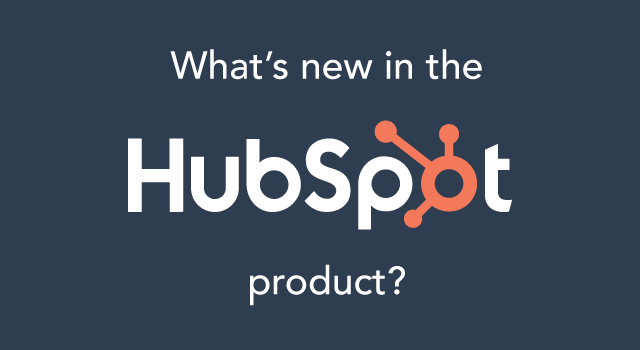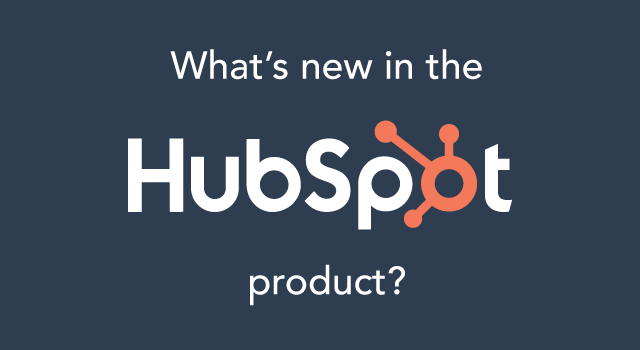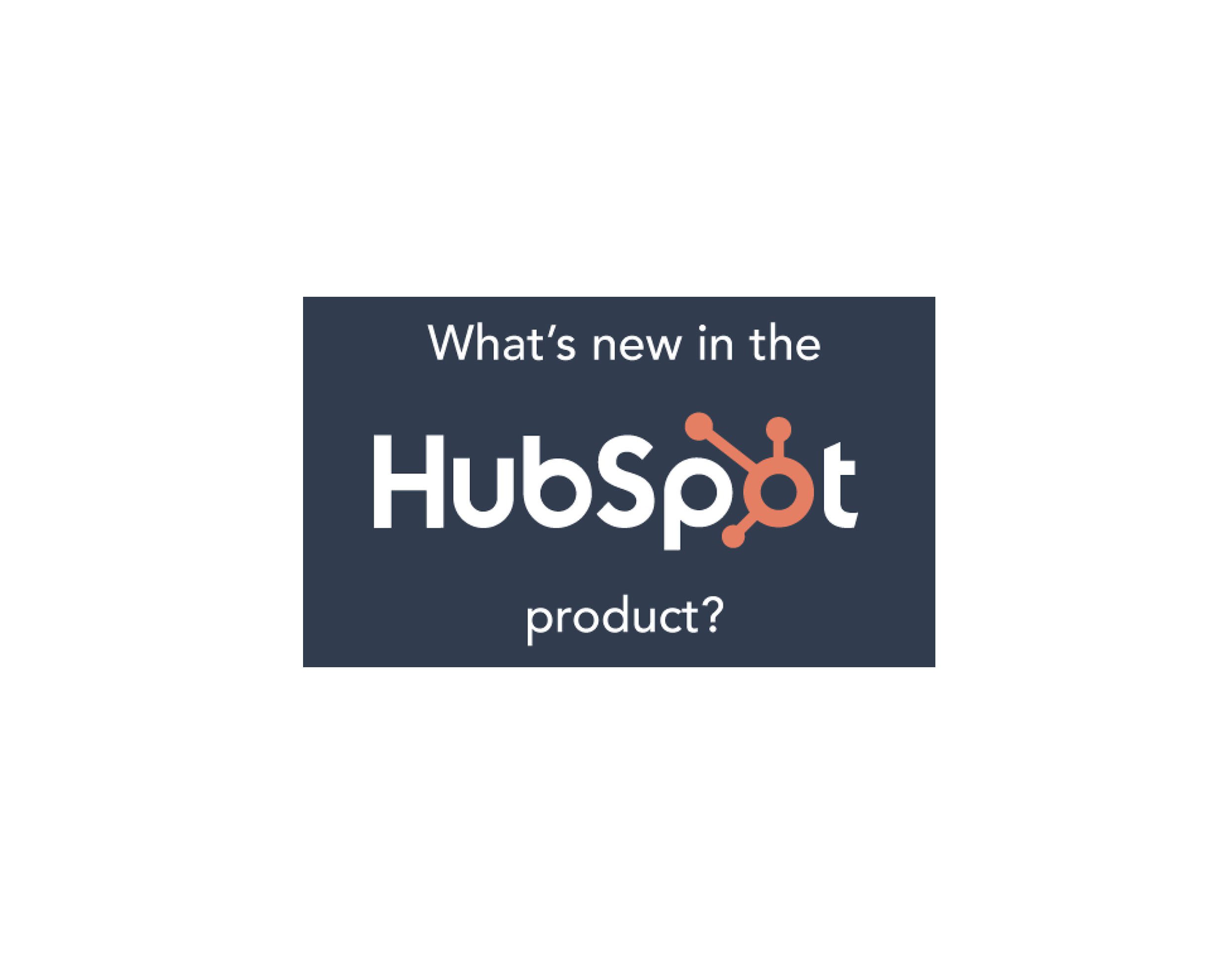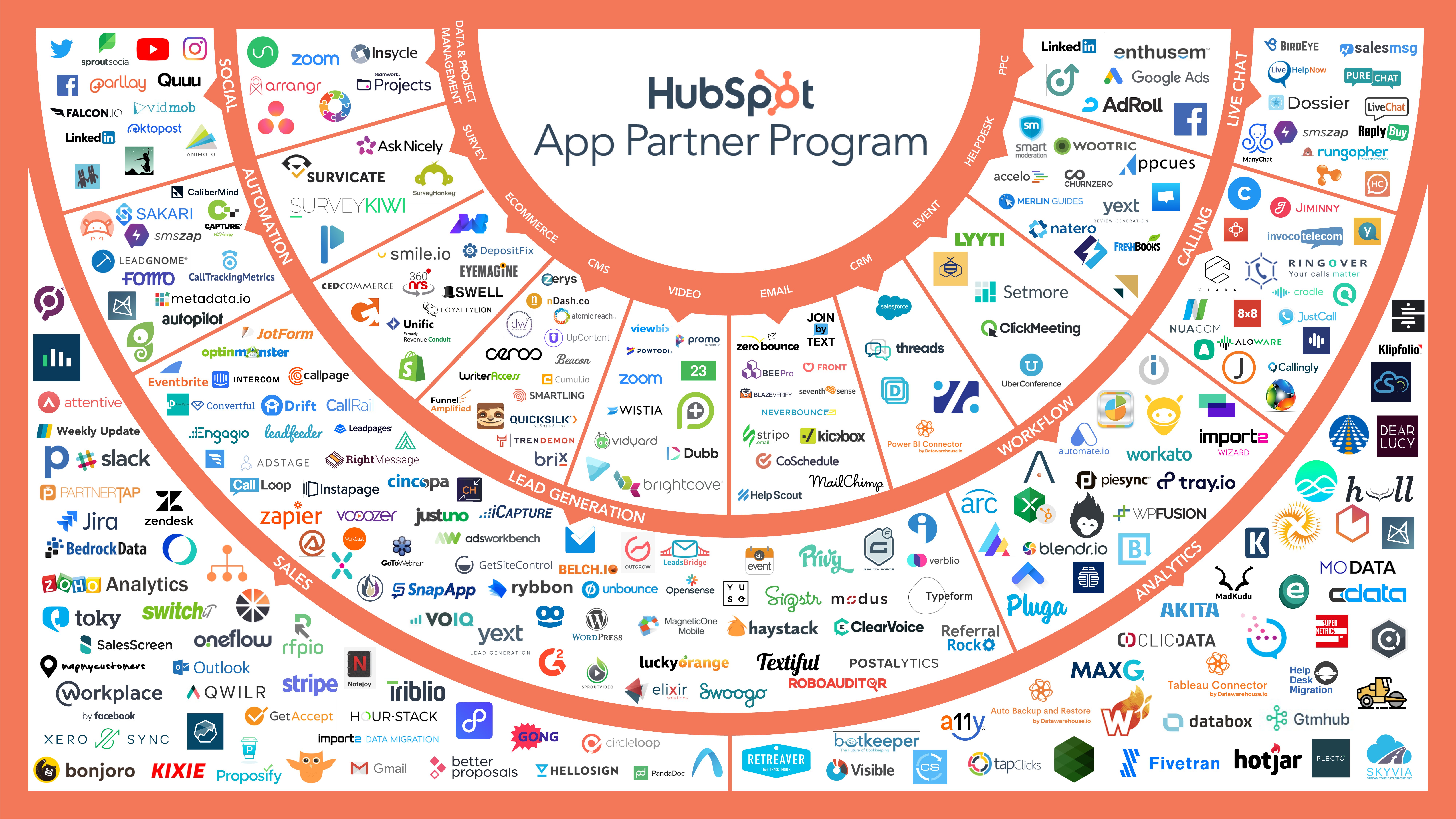As your company grows, a funny thing starts to happen. More complication sets in — more tools to manage, more people to coordinate, more campaigns to run, more competition to consider, and less room for error.

First, let's walk through some new capabilities to help match the Marketing Hub with your marketing team.
1. Easily Work Alongside Multiple Teams with Content Partitioning
If you have multiple marketing teams that work across regions, product lines, or anything else, it's important that each team has access to content they need to work on and a streamlined view of just content relevant to them.
With content partitioning, you can separate content assets by team. Once content partitioning is set up, each team can only view and edit content they're assigned, helping streamline editing and speed up the campaign process.
As of November 1, 2018, you can partition blog posts, landing pages, and website pages in HubSpot. Keep an eye out for more features in the future

2. Add A New Root Domain in HubSpot via the Brand Domain Add-On
HubSpot Marketing Hub Enterprise has all the advanced tools you need to run a sophisticated marketing team and to apply inbound principles to your website.
As your business grows, your online footprint will grow, too — you might branch out into distinct brands that merit their own unique online presences. At HubSpot, as our annual INBOUND event grew, we expanded from one website to two: hubspot.com and inbound.com.
That's where the Brand Domain add-on comes in.
A Brand Domain is a root domain, like “hubspot” or “inbound.”
With Marketing Hub Enterprise, you can host content, create reports, and set up permissions on one brand domain (and any associated subdomains).
The Brand Domain add-on product extends Marketing Hub Enterprise features to an additional root domain. It enables the following for an additional root domain:
- Hosting content: For example, creating pages on “acme.com,” in addition to “dundermifflin.com.”
- Reporting: For example, separating traffic analytics for “acme.com” vs. “dundermifflin.com.”
- Permissioning: For example, configuring your account so that a certain team can publish on “acme.com” but not “dundermifflin.com.”
Brand Domain is an add-on available to Marketing Hub Enterprise customers for $700/month per brand domain.
If you're an existing Marketing Hub Enterprise customer, we've heard your feedback over the years that you'd like the ability to separate out traffic reports and permission by domain. With that in mind, any domains already connected in your HubSpot account (as of November 1, 2018) will receive all Brand Domain functionality, including traffic filtering and permissioning, without the need to purchase the Brand Domain add-on for these domains.
If you’d like to connect or add new apex domains after the release of Brand Domain, you'll need to purchase the add-on for these domains. This release and re-packaging will not impact subdomains or country code top-level domains (e.g., hubspot.fr, hubspot.de, webinar.hubspot.com, or go.hubspot.com), which are not limited in the Marketing Hub Enterprise product. If this is something you'd like to learn more about, reach out to your HubSpot point of contact.
3. Social Approvals To Match The Way Your Team Works
The conversations you have on social media and the content you share help shape how people see your brand. So when an errant tweet gets sent out, it can cause a firestorm of responses and angry people. As a result, you may want to limit who can send out social messages to specific people in your organization — and with Marketing Hub Enterprise, it's now possible.
In Marketing Hub Enterprise, you can set permissions for certain users to just "draft" social content. So they'll be able to create social posts but will not be able to schedule or publish them until someone with full permissions approves the drafts.
4. Segment your Web Traffic Reports With Analytics Views
Marketing Hub Professional and Enterprise can now segment the sources report in HubSpot by subdomain, URL path, and country using a new feature called analytics views.
For example, you could create a view of the sources report that showed traffic to your feature pages (e.g., the ones starting with acme.com/features) that originated in Brazil.
In Professional and Enterprise, you can create up to 25 analytics views. If you'd like to segment analytics views on more than one root domain — for example, create one breaking down feature page traffic on acme.com and another on product page traffic on gadgets.com — check out Brand Domains.

5. Send Less Email, Build Better Relationships with the Email Send Frequency Cap
Marketers send over 124 billion emails per day. While it's clear email is still a great communication channel, a recent Advanis survey found that 50% of people said getting too much email from a brand is frustrating.
Today, we're introducing an email send frequency cap in Marketing Hub Enterprise where you can set the maximum number of emails contacts will receive. When a contact reaches the maximum number of emails, any further emails to them won't be sent within the given time frame set.
If you have a really important email that needs to be sent through, the setting can be overridden for any email and is automatically overridden for transactional emails.
6. Turn Your Content Into Revenue with CMS Memberships
All that amazing content you and your team of marketers have created is not only great for earning the interest of new customers from search and conversations on social, but it's also a potential new revenue stream.
Membership sites are on the rise, and we're seeing it with popular journalism like The New York Times, where you have to pay and log in to view content. But regardless of whether or not you're a news organization, you can use CMS membership to create content specifically for investors, customers, or any specific group of individuals you want to have access.
Today, you can take the same concept and apply it to your content. Within the Marketing Hub, just select a list, then turn on Control auidence access, and each user within that list will be able to create their own unique username and password to log in. You can segment lists on hundreds of criteria and take your existing content and turn it into a new revenue stream.

7. Analyze YouTube Video Performance Inside HubSpot
Video is not just a tactic anymore; it should be a strategy that's woven throughout every aspect of your business from marketing, sales, and customer service. That's a huge reason we released HubSpot Video at INBOUND. But if your videos live on YouTube, you shouldn't have to measure the performance of those videos separate from the rest of your marketing.
With Marketing Hub Enterprise, you can now link a YouTube account and measure all your video performance directly within HubSpot. Learn more about this integration.

Now Let's Connect
Each of these updates above are now available to Marketing Hub Enterprise customers. All these are in addition to all of the amazing products launched at INBOUND, like Sales Hub Enterprise, HubSpot Video, and HubSpot CMS. Ultimately, each of these new capabilities have been built to help you grow better by providing better experiences to your customers.
And we'd love to hear your thoughts on these new releases! Connect with others on the HubSpot Community.










